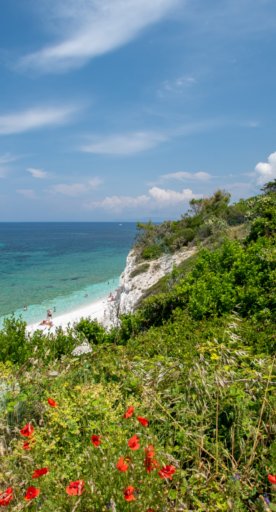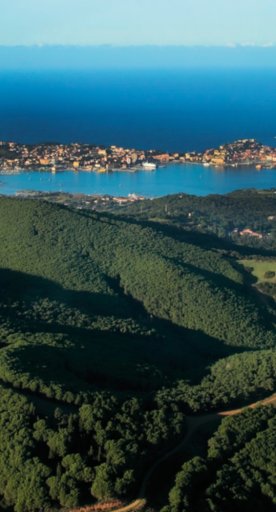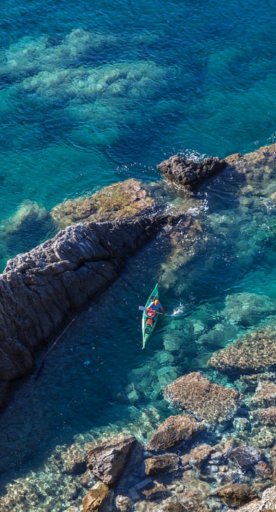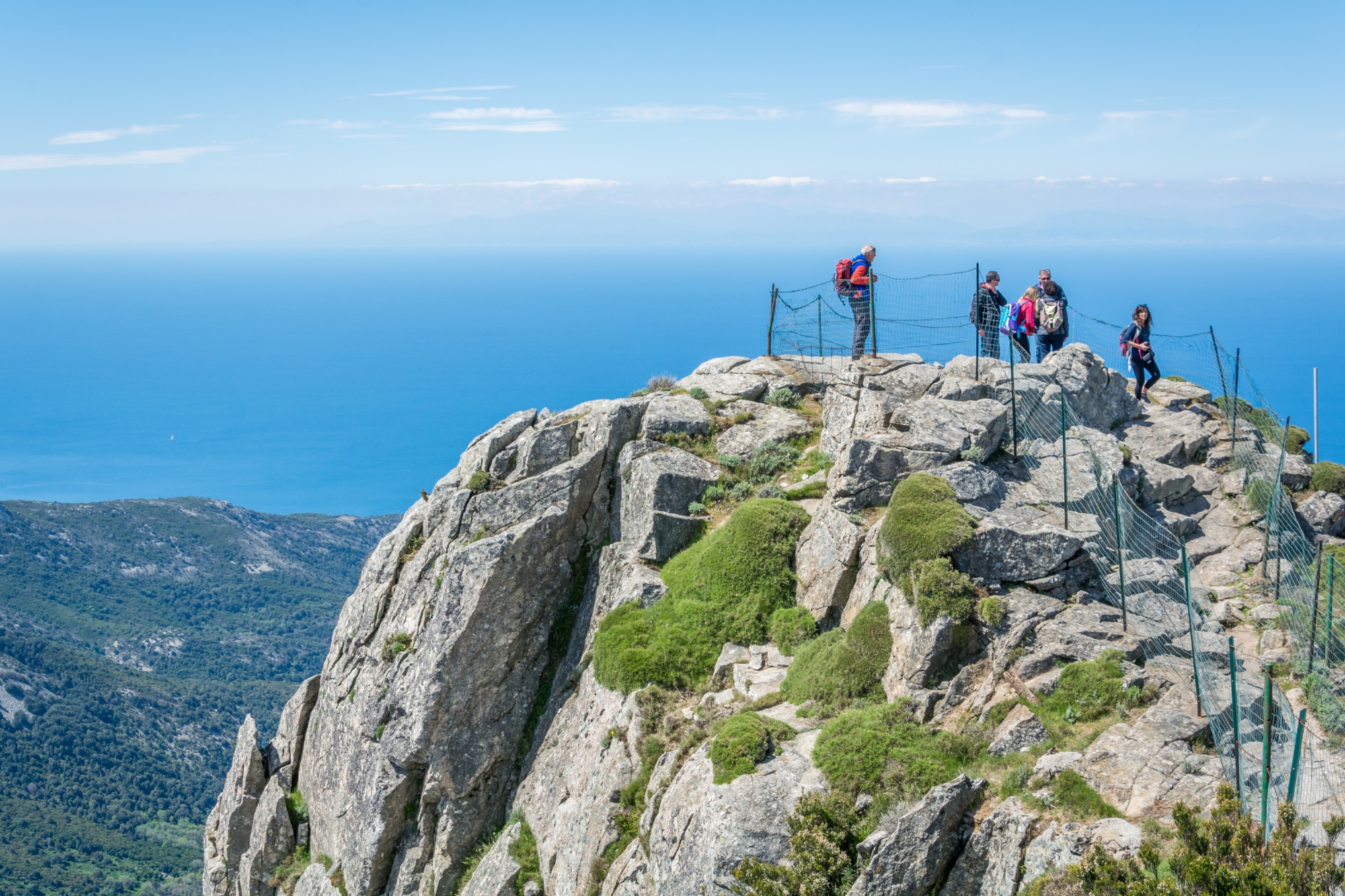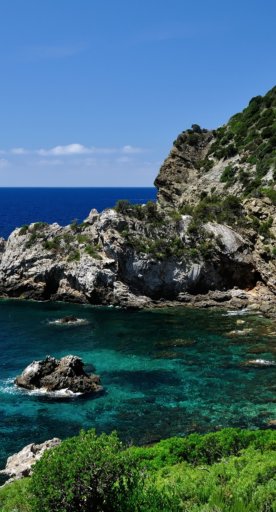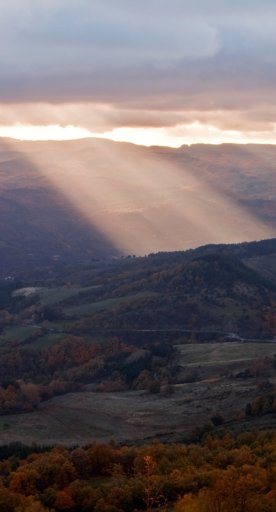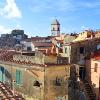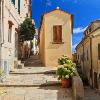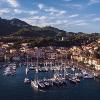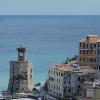Seen from afar, the Island of Montecristo looks like a dark and shadowy mountain in the middle of the Tyrrhenian sea: a sight that fixes itself in the mind and never ceases to amaze those who see it.
In ancient times, the island was known as Oglasa. With the onset of the Middle Ages, however, it came to be known as Monte Christi, perhaps as a result of the monks who lived there. The Monastery of San Mamiliano was established on the island as early as the fifth century.
Geologically, the island of Montecristo is an enormous wedge of granite, a chain of three main peaks: the Monte della Fortezza (645 metres above sea level), the Cima del Colel Fondo (621 metres) and the Coma dei Lecci (563 metres).
The island achieved worldwide fame in Alexandre Dumas’ novel The Count of Montecristo, which has inspired a slew of films. The story, which takes place in the nineteenth century, is a tale of revenge and buried treasure on the island.


